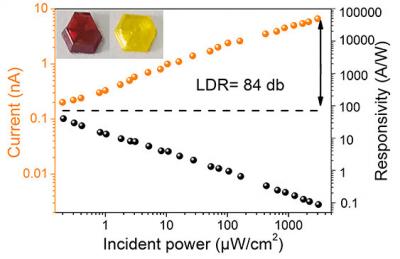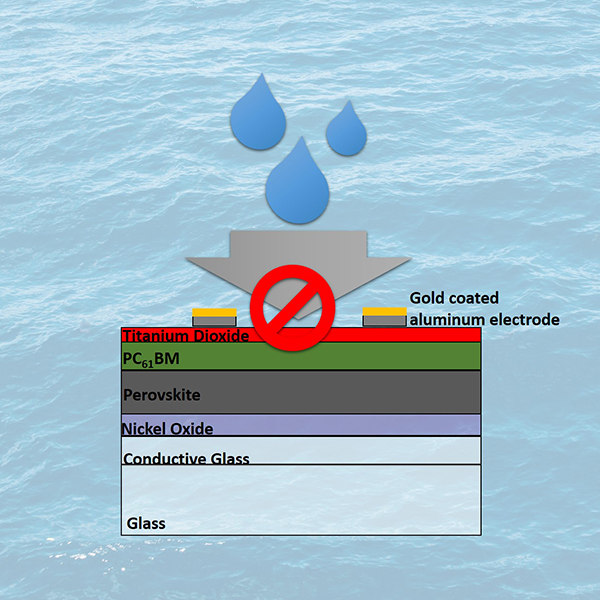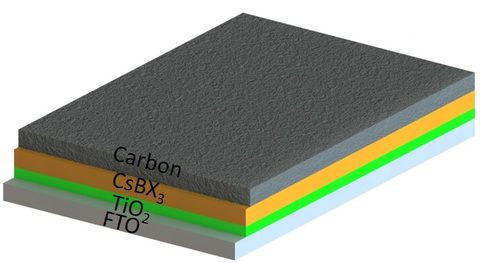EU establishes the MAESTRO project - a €4 million program for perovskite solar materials research
The European Commission has established a new research training network, led by the University of Bath, to make perovskites "truly exploitable" and make perovskite-based devices commercially viable. The new program, called MAESTRO, has been given â¬4 million in funding and has begun hiring researchers to gain new knowledge and provide innovation in the exploitation of perovskite materials.
A trans-European project, MAESTRO is an inter-sectoral and multidisciplinary network of 10 academic and seven industrial partners from nine EU and EU-Associated countries: the UK, Italy, Spain, Greece, Germany, Poland, Lithuania, Israel and Switzerland.




